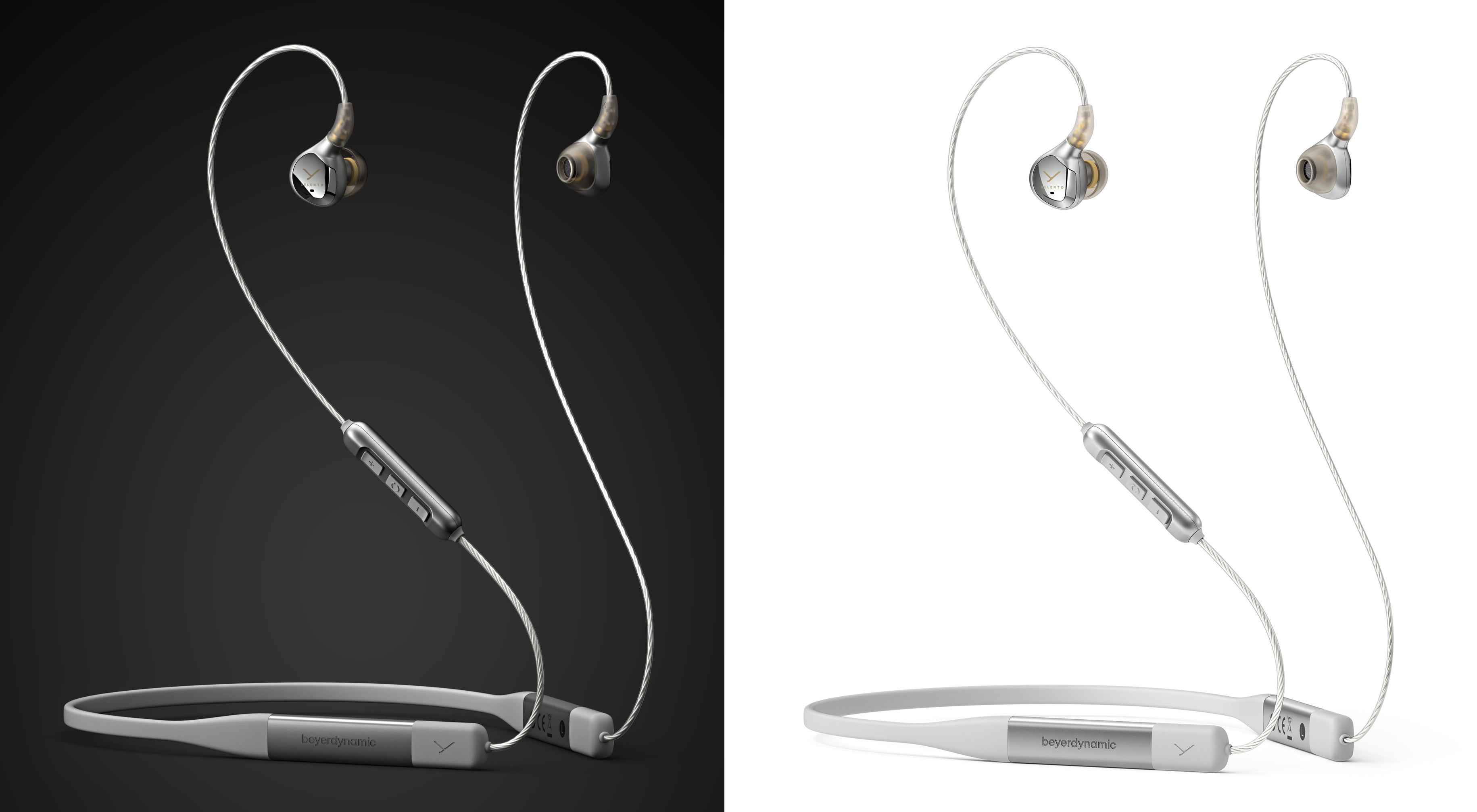Those who complain about the sound quality of wireless earbuds are missing the point. There are obviously better sounding headphone options out there, but it’s the convenience of wire-free tiny earbuds that consumers have embraced. Beyerdynamic’s second generation Xelento Wireless thinks it can deliver both: wireless convenience with audiophile quality sound, but we have some concerns.
The most obvious issue with the $US1,200 ($1,666) Xelento Wireless earbuds is that you’re paying $US1,200 ($AU1,499) for wireless earbuds that technically aren’t completely wireless. Like some of the earliest ‘wireless’ options to hit the market (before the debut of truly cable-free options from Earin, Bragi, and eventually Apple), the Xelento Wireless buds — the parts that actually sit in your ears — are tethered by two short wires to a neckstrap that holds the batteries and Bluetooth hardware.

So while they don’t need to be physically connected to a smartphone or other audio source (which is still an option if you opt for the $US1,000 ($1,388) Xelento Remote instead, or buy a separate five pole Pentaconn cable to connect the buds to a hifi system) it doesn’t feel right to refer to them as truly wireless. The one advantage to this approach is that it means the buds themselves can instead prioritise size, comfort, and audio hardware, instead of having to cram all their functionality into such a small space. The neckband also promises a solid 14 hours of playback on a single charge, although if you’re away from a power source for a while, you won’t have a charging case buried in a pocket to quickly top them back up.
Our other concern is that, despite the use of the company’s miniaturized Telsa audio technology with 11-millimetre drivers in each bud plus gold-plated plugs, silver-plated cables, and a total of 10 pairs of interchangeable eartips, the Xelento Wireless are still dependent on Bluetooth: a wireless technology that has been more or less shoehorned into providing over-the-air audio delivery. The neckband features a built-in digital-to-analogue converter with an amplifier from AKM and support for codecs like LHDC, Qualcomm aptXTM HD, and aptXTM, but those are all still compressed codecs, and anyone willing to drop $US1,200 ($AU1,499) on earbuds will be trying to avoid audio compression at all costs.
Although we haven’t tested them in person, there’s little doubt that Beyerdynamic has created a finely tuned and beautifully crafted pair of wireless earbuds here. But the Xelento Wireless are going to be a hard sell, even to those happy to splurge on their audio gear. The tethered Xelento Remote version might actually be the better option here, as they come in at $US300 ($416) cheaper than Sennheiser’s IE 900 earbuds, which deliver a set of premium and amazing sounding buds in materials like milled aluminium instead of the 24-carat gold that Beyerdynamic has put into its latest and greatest.
